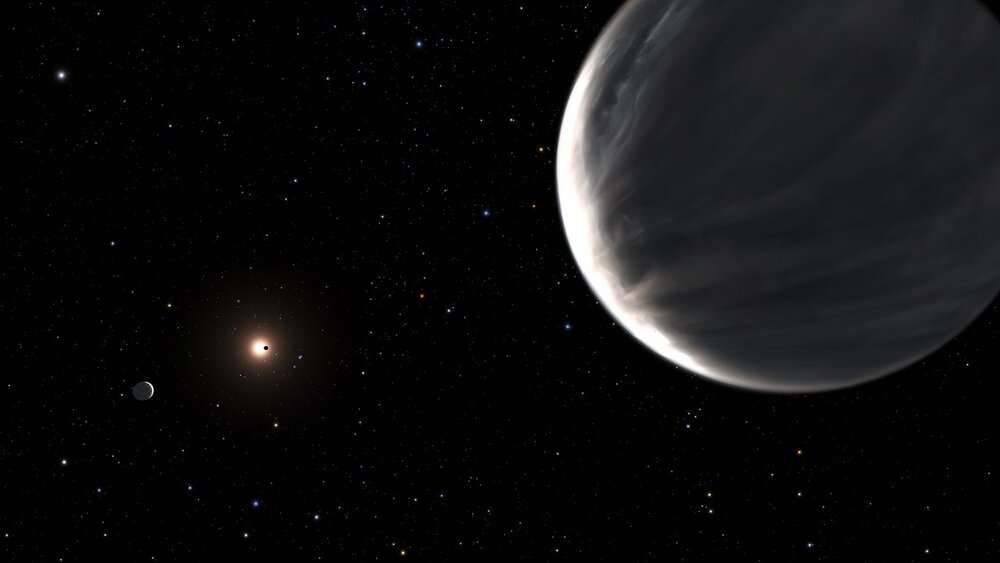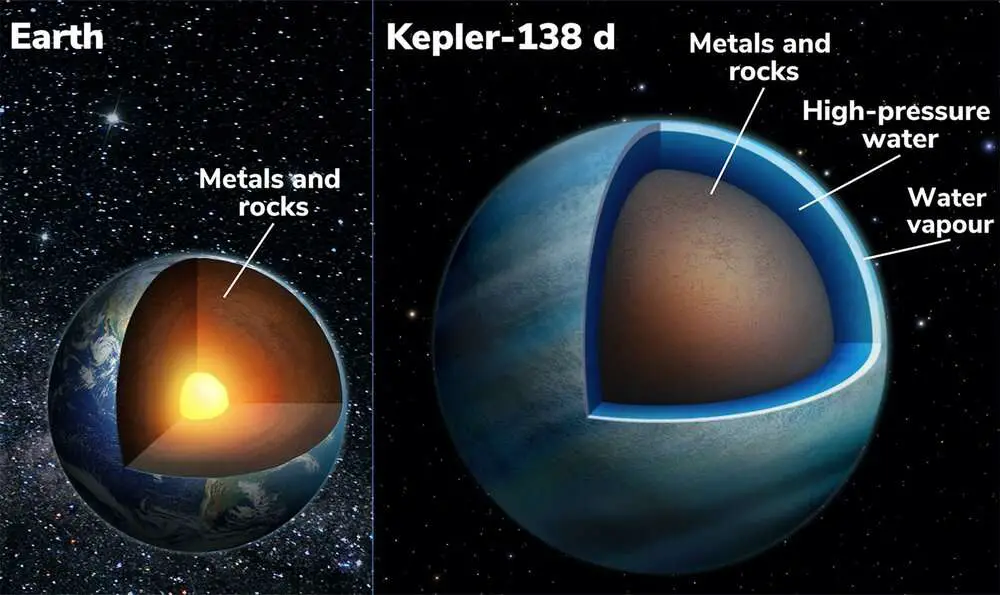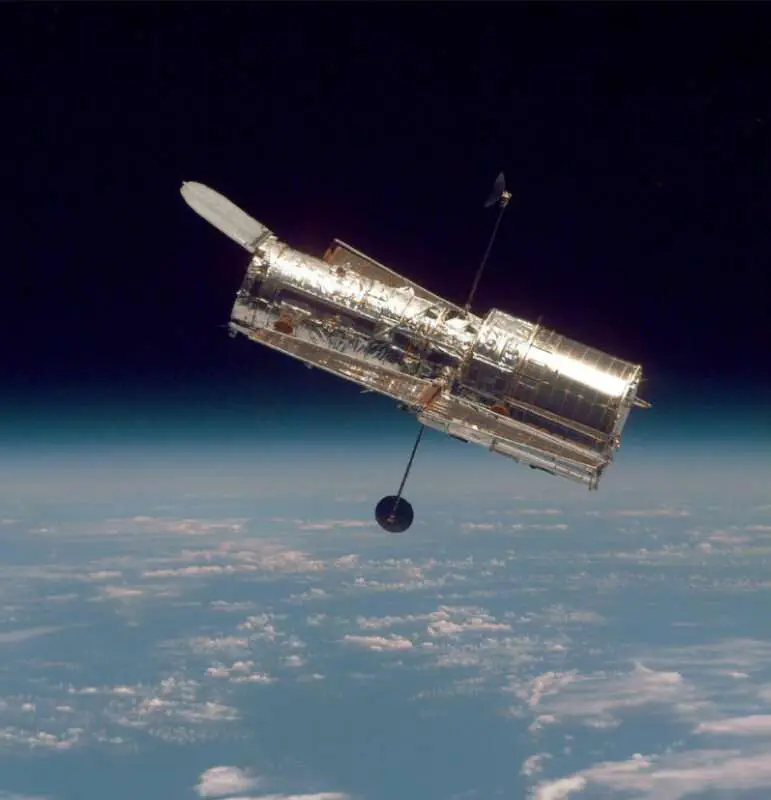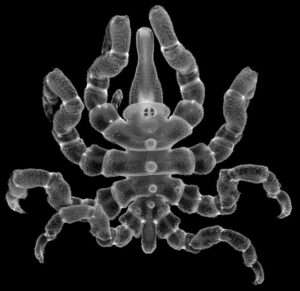An international team of researchers using the Hubble telescope has found that two Earth-like planets may be largely made of water and covered in oceans 1,000 miles deep.

The planets, called Kepler-138c and Kepler-138d, were first discovered by the now-retired Kepler telescope before being revisited recently using Hubble.
The pair incredibly seem to bear some of the oceanic hallmarks of James Cameron’s new Avatar movie, ‘The Way of Water’.
Newsflash obtained a statement from NASA on Thursday, 15th December, saying that the planets are “true ‘water worlds'”.
NASA said: “In the 1995 post-apocalyptic action film ‘Waterworld’ Earth’s polar ice caps have completely melted, and the sea level has risen to over 5 miles, covering nearly all of the land. Astronomers have uncovered a pair of planets that are true ‘water worlds,’ unlike any planet found in our solar system.”
NASA explained: “Slightly larger than Earth, they don’t have the density of rock. And yet, they are denser than the gas-giant outer planets orbiting our Sun. So, what are they made of? The best answer is that these exoplanets have global oceans at least 500 times deeper than the average depth of Earth’s oceans, which simply are a wet veneer on a rocky ball.

“The soggy worlds orbit the red dwarf star Kepler-138, located 218 light-years away in the constellation Lyra. The planets were found in 2014 with NASA’s Kepler Space Observatory. Follow-up observations with the Spitzer and Hubble space telescopes found that the planets must be composed largely of water. The spectral signature of water wasn’t directly observed. But this conclusion is based on their density, which is calculated from comparing their size and mass.”
NASA added: “A team led by researchers at the University of Montreal has found evidence that two exoplanets orbiting a red dwarf star are ‘water worlds,’ where water makes up a large fraction of the entire planet. These worlds, located in a planetary system 218 light-years away in the constellation Lyra, are unlike any planet found in our solar system.”
The team, led by Caroline Piaulet of the Trottier Institute for Research on Exoplanets (iREx) at the University of Montreal, has published a study showing their findings about this planetary system, known as Kepler-138, in the journal Nature Astronomy.
Bjorn Benneke, a study co-author and professor of astrophysics at the University of Montreal, explained: “We previously thought that planets that were a bit larger than Earth were big balls of metal and rock, like scaled-up versions of Earth, and that’s why we called them super-Earths.”

The expert added: “However, we have now shown that these two planets, Kepler-138 c and d, are quite different in nature and that a big fraction of their entire volume is likely composed of water. It is the best evidence yet for water worlds, a type of planet that was theorized by astronomers to exist for a long time.”
NASA said: “With volumes more than three times that of Earth and masses twice as big, planets c and d have much lower densities than Earth. This is surprising because most of the planets just slightly bigger than Earth that have been studied in detail so far all seemed to be rocky worlds like ours.
“The closest comparison, say researchers, would be some of the icy moons in the outer solar system that are also largely composed of water surrounding a rocky core.”

Piaulet said: “Imagine larger versions of Europa or Enceladus, the water-rich moons orbiting Jupiter and Saturn, but brought much closer to their star.”
She added: “Instead of an icy surface, they would harbor large water-vapor envelopes.”
But the researchers warned that the planets may not have oceans like those found on Earth directly on the planet’s surface.
Piaulet said: “The temperature in Kepler-138 d’s atmosphere is likely above the boiling point of water, and we expect a thick dense atmosphere made of steam on this planet.
“Only under that steam atmosphere there could potentially be liquid water at high pressure, or even water in another phase that occurs at high pressures, called a supercritical fluid.”

Benneke said: “As our instruments and techniques become sensitive enough to find and study planets that are farther from their stars, we might start finding a lot more of these water worlds.”




Oh my God, global warming idiot will surface!!!